

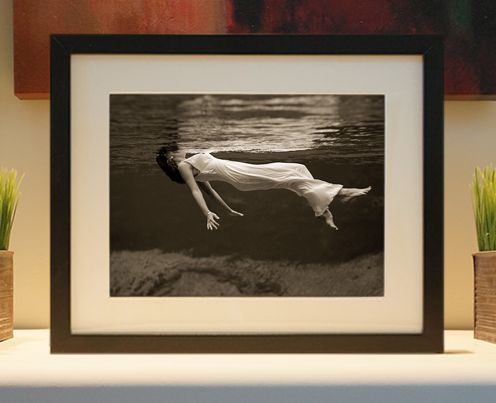
Framed or unframed, desk size to sofa size, printed by us in Arizona and Alabama since 2007. Explore now.
Shorpy is funded by you. Patreon contributors get an ad-free experience.
Learn more.

- The most dangerous fire escape I've ever seen
- Out of Place
- Sir Bedevere
- Witch way to the fire?
- Proud to be an old Coot
- That old scale
- Bowled Over
- Cat years?
- 'Why' Wyoming?
- His Master's Voice
- What! No dish under the skewer?
- Only in Hollywood?
- What's Up Doc?
- Destination?
- I'm pretty sure this was a voluntary program
- When I see chicken wire rabbit cages I think of three things
- The War Ears
- Eating the bunnies? Really?
- A love affair with a machine
- Hasenpfeffer
- Back support
- Hot type!
- Can you smell ... the news?
- Looking across the street and Flong
- Memories of my elderly hoarder neighbor
- Linotype in the Twilight Zone
- By Memory?
- Quiet place
- Line Of Type
- And no hearing protection
Printporium
CRIP 908: 1896

Circa 1896. Horton, Kansas. "Chicago Rock Island & Pacific Railroad -- Locomotive CRIP 908." 4x5 inch glass negative by the Swiss-born optometrist/railfan Jules Bourquin. Louis A. Marre Rail Transportation Photograph Collection. View full size.
Old-plated
The lettering on the cylinder is the name of the Railroad, "CRI&P".
Locomotives of the 19th century very often had their builder's plates affixed on the frame or bottom of the boiler and were not easily visible. A theory is that by obscuring the building date, required boiler and other periodic maintenance could be slipped to a later date as inspectors didn't have easy access to this information.
I don't believe that Rock Island built home-grown locomotives, and all builder's plates that I have seen from this road were from American Locomotive Company, however that conglomerate was not formed until the start of the 1900s, so I would guess this locomotive might have been from one of the shops merged into ALCO. Schenectady, Cooke, Brooks, Pittsburg are some of that firm's larger predecessors.
Water Tower
That is indeed the tall structure behind the locomotive. One such still exists, in East Stroudsburg, PA on what was once the DL&W railroad.
Emphatically a Rock Island Town
Here is a link to a nice study of the railroad activities in this town.
https://www.kshs.org/publicat/history/2004winter_quastler.pdf
No hurryin', but maybe Russian?
The boiler seems to be sheathed in Russia(n) Iron, one of those things I've seen mentioned many a time but don't recall having ever actually seen a picture of. The link claims it was "glossy black ... sometimes greenish-tinged" but I've mostly heard it described as silver-grey, which seems to match the photo.
Stack 'Em Up
Like the Titanic, 908's fourth funnel was just for show. Bigly.
Some things that caught my eye
The maker's name is on the cylinder casting. I can't quite make it out. But it might be "C R I & P RR", which would imply this loco was constructed by the railroad. Some railroads had substantial engine shops capable of building entire locos.
The boiler size and shape implies an earlier engine, maybe built in the 1880s. But there's a generator between the smokestack and headlight, so that was a new addition.
The tender trucks are old-fashioned (for the 1890s) swing-motion trucks. Later tenders would probably have more heavy duty trucks, maybe with leaf springs.
In front of the rear driver underneath the cab, there's an interesting short rail. That's something more commonly seen on model railroads. There's no tie plates, and only 1 spike per tie. The ballast is pretty muddy. Overall that's a typical look for yard tracks.
Behind the loco, I presume that's a tall water tank that looks quite new. I say "water" because it's unlikely to be fuel oil on this railroad at this time. The two brick buildings (left and right) look architecturally similar, so I'd guess they were both built around the same time-frame. The building on the left has a bunch of chimneys, probably a machine shop or similar. Those chimneys could be for forges.
Behind the tender, there's a side dump gondola, probably used for ballasting the track. No air brake on that car.
The steam locomotive "locobase" didn't yield any info on steamer 908.
The number "908" was later reused on a diesel switcher.
Dark swoosh
What is the strange darkness which appears in the upper left of the photograph like a murmuration of starlings?
[A stain on the emulsion. - Dave]
Rock Island Line
This song is deep in my memory's blood. Leadbelly!





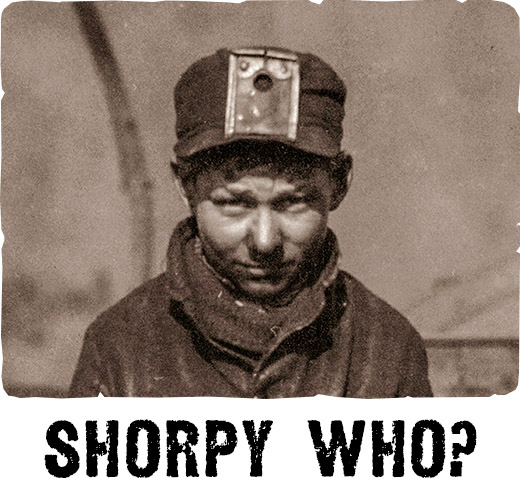
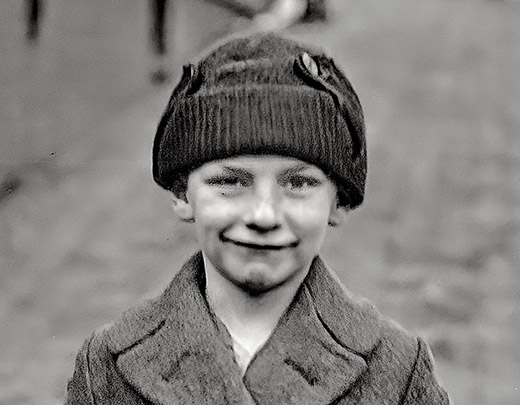

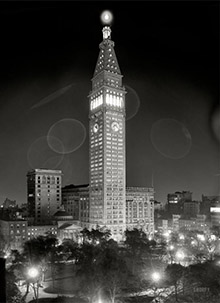
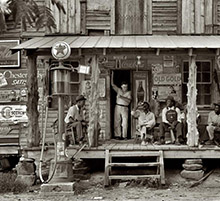
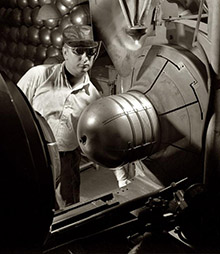
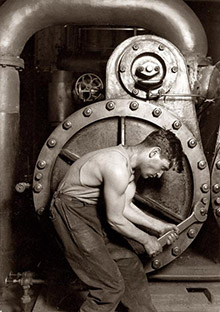
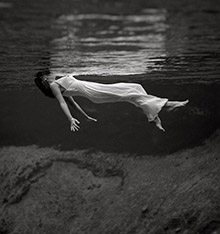
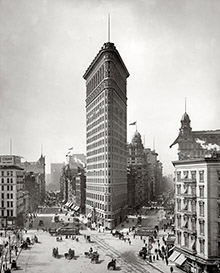

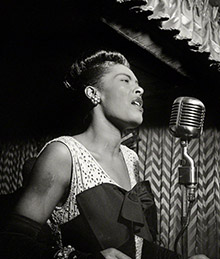
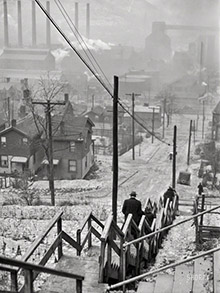

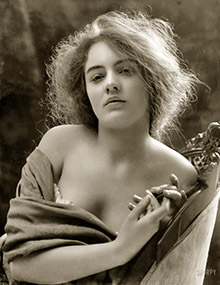


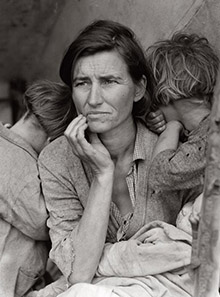
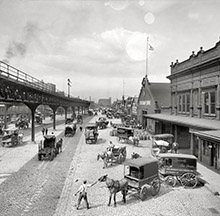

On Shorpy:
Today’s Top 5